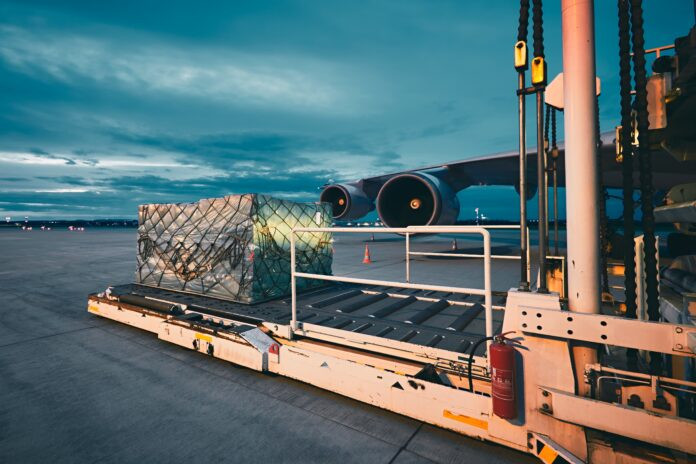

In the wake of a transformative year, the air cargo market has experienced a fundamental shift towards e-commerce, fuelling a surge in airfreight rates. The increased demand for international air cargo transportation, mainly from Hong Kong and China, has played a critical role in the industry’s recovery post-COVID.
READ: Hong Kong’s digital revolution
The surge in e-commerce volumes from Hong Kong and China has driven the global air cargo demand. This shift has enabled e-commerce to access previously unavailable capacity despite general cargo volumes remaining soft. Major e-commerce platforms like FBA, Alibaba, and Easy Ship have played a significant role globally, with logistics companies like U-Freight actively collaborating.
Supporting the sector
The booming e-commerce cargo market, particularly in China, has driven the airfreight sector. During significant shopping events like Black Friday and the Christmas and New Year holidays, Chinese-made products have gained popularity in overseas markets, further driving the growth of cross-border e-commerce and international airfreight.
“China now has more than 100,000 business operators involved in cross-border e-commerce, and total sales values have risen nearly tenfold in the past five years, the Ministry of Commerce said recently. So it will be critical to global airfreight recovery,” Rick Keller, CEO of U-Freight America, stated.
Rate rise
Spot rates for China to the US and China to Europe air cargo routes have seen an upward trajectory over the past few months. While rising e-commerce demand contributes, other influences, such as weather conditions and geopolitical developments, have also played a role.
READ: e-commerce goes into overdrive
“Seasonal fluctuations in demand caused by events such as Black Friday, the Chinese New Year, or other annual holidays around the world does play a big role and makes it difficult to interpret overall figures,” Keller explained.
Asian impact
For U-Freight, e-commerce logistics is primarily linked to global shipments to and from China and other Southeast Asian markets and intra-Asian shipments. However, China’s “+1 policy” has influenced the evolution of the e-commerce market across Asia.
“China’s national government has played an important role in the development of e-commerce through policies elaborated in five-year plans, while regional governments also have participated in planning and adjusting the e-commerce policy framework in light of local conditions,” Keller said.
Tech drives the future.
Automation and tracking systems will play an increasingly crucial role in enhancing the efficiency of e-commerce airfreight operations, contributing to the competitiveness of logistics companies in this rapidly evolving landscape.
“Competition in e-commerce logistics is fierce, so finding and capitalising on niche sectors of the business is key,” Keller explained. “We were early to market with our involvement in the Fulfilment by Amazon (FBA) programme, and e+Solutions is another example of how we are utilising technology and infrastructure to help deliver bespoke logistics solutions for the e-commerce market.”
“Technologies such as Machine Learning (ML) and Artificial Intelligence (AI), Internet of Things (IoT), and Application Programming Interfaces (APIs) continue to be embraced as the industry adapts and innovates,” Keller added.










